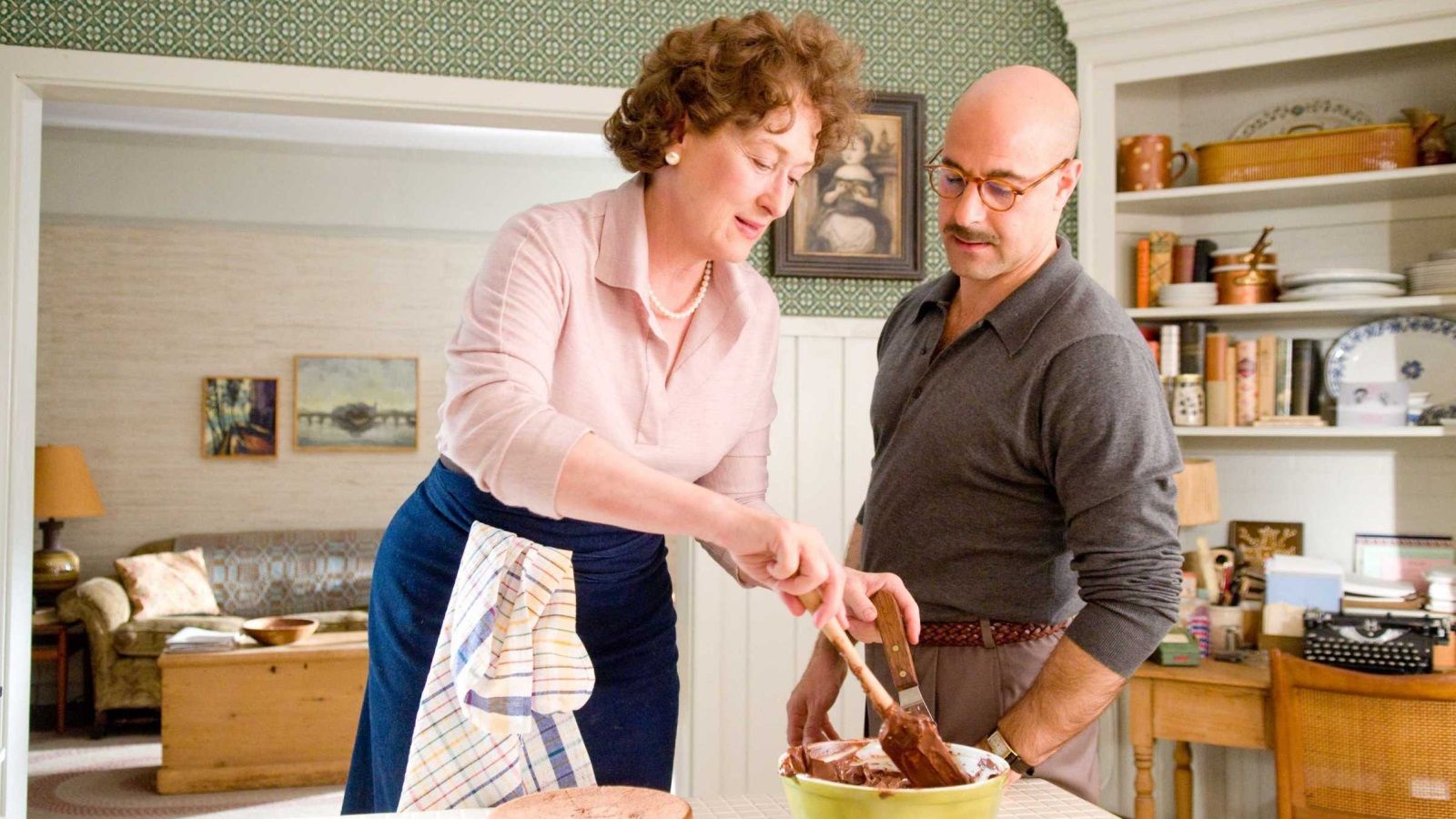Gastronomy and food are almost everywhere: in high art and in the various products of mass culture. In our current HypeLAB episode, we look at the food that appears in the cinema and on the TV screen. What does a Michelin-starred Hungarian chef have to do with Pixar’s popular animated film? Why is Julia Child, who taught America how to cook and eat, still interesting today? Food on the big screen. Here we go!
We all have a relationship with food. And when we don’t have the opportunity to indulge in a few tasty bites, we are happy to satisfy our appetites through other mediums (to use a slightly confusing analogy). Pop culture itself is a huge bite (another confusing analogy!), so without wishing to be exhaustive, we only have time for a few interesting facts—actually, we could write several theses on the relationship between food and pop culture (I’m happy to discuss some chapters if you call for an encore—The Ed.).
From the supermarket to the museum
Since pop culture as a terminology has been mentioned, it is worth stopping here for a moment. Pop art, which emerged in the 1960s, drew from mass culture (also known as popular culture, hence the name), i.e., consumer products familiar from everyday life, the press and television became the main protagonists of the images. The fruit compositions in the classic still lifes were replaced by supermarket products: thanks to Andy Warhol, Coca-Cola, Campbell’s soup and Heinz ketchup became world-famous in the art world, as well. This single example (and there are countless others) is just to illustrate that mass culture and high art are in constant interaction.
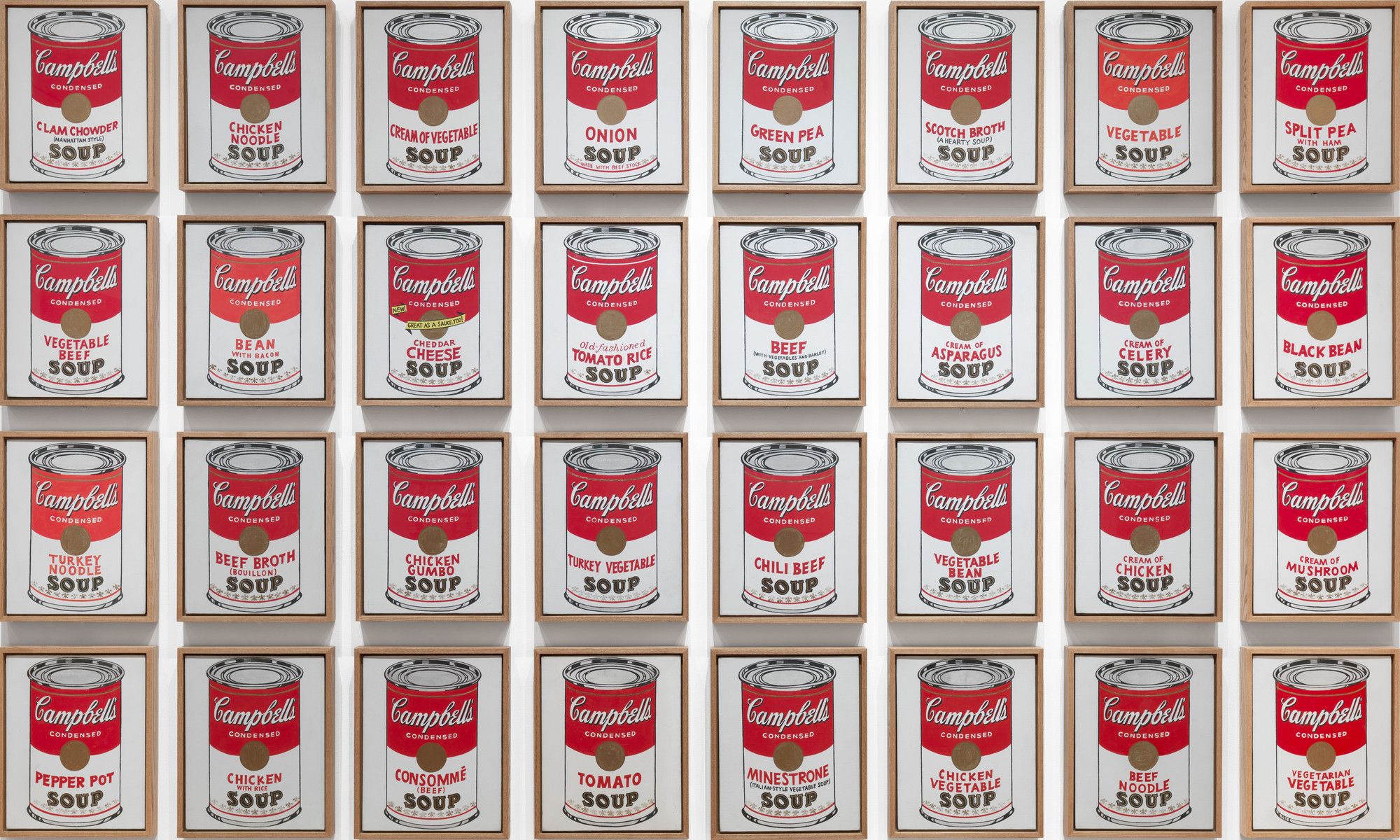
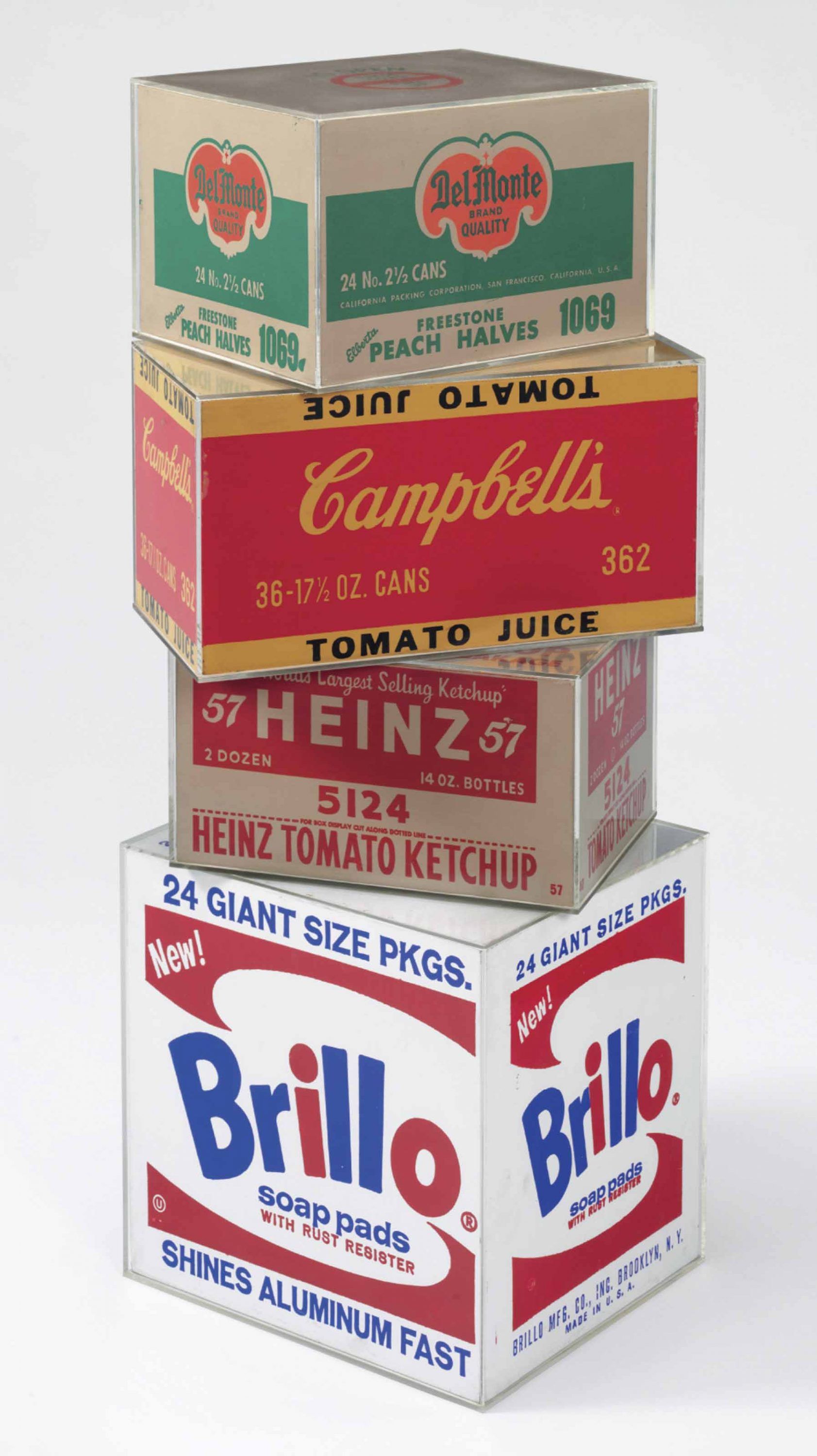
From the movies to the bus stop
We somehow take the appearance (representation) of food for granted, and that’s why sometimes it’s good to remind ourselves that food in a photo, a commercial, a film, a cartoon, or even a billboard, has so many messages, cultural (and other) references. My most recent discovery (or rather, my suspicion) is related to a citylight poster I saw at an ordinary bus stop: the picture shows Ákos Sárközi, chef of the Michelin-starred Borkonyha and Textúra restaurants, in the company of a prepared farmhouse chicken (whole or in the form of chicken breast), several times. In addition to the central figure in the chef’s coat, Ákos is dressed in cowboy, bullfighter and samurai costumes on two sides, and he also wears a Mexican poncho and a sombrero. The slogan: “Quality anywhere in the world.”

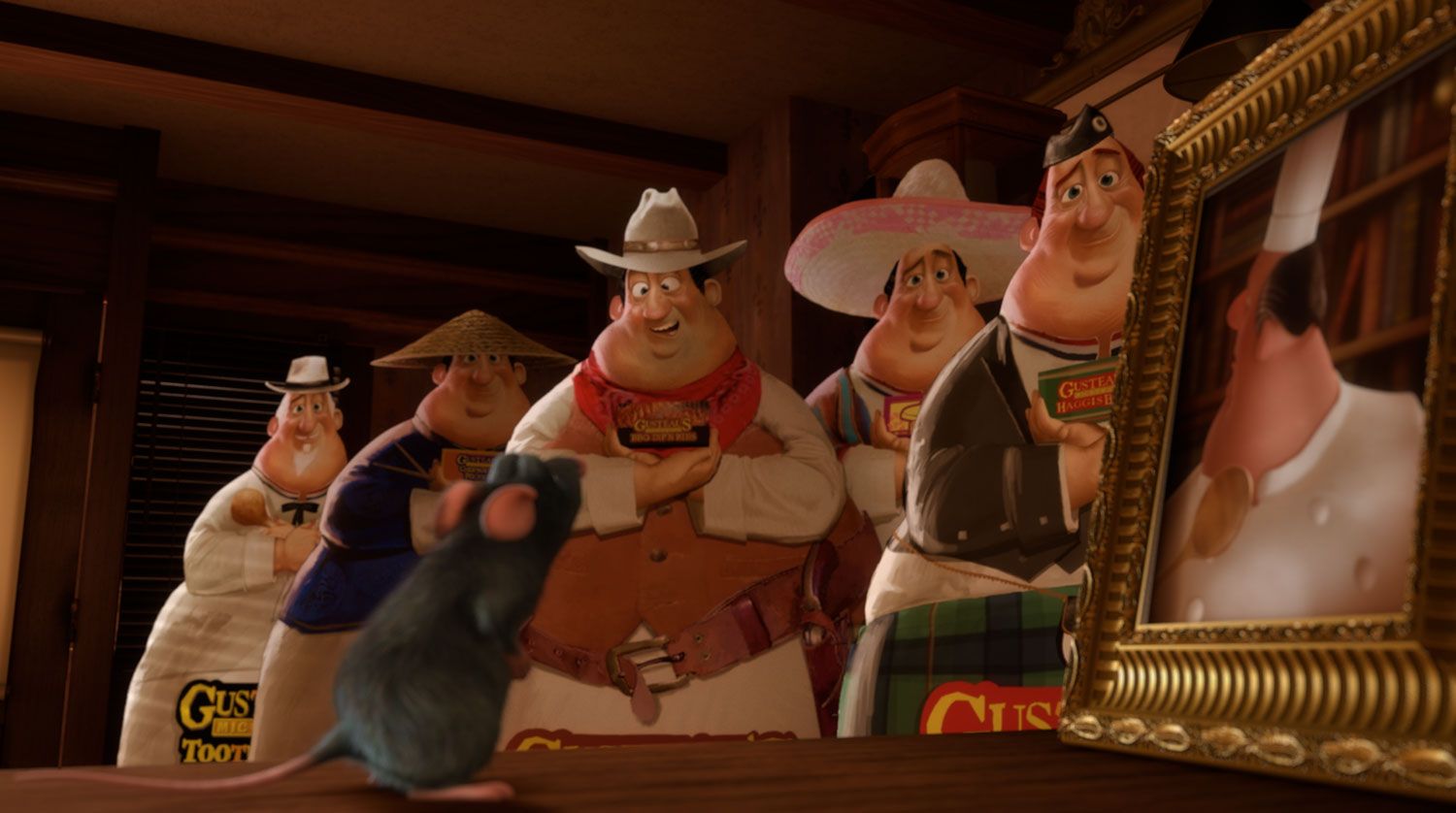
I was all too familiar with this composition, this multicultural mixture, and soon afterward I could recall where I had seen it before: in the animated film Ratatouille! Anyone familiar with the film will know that the figure of Chef Gusteau is also a victim of the mean marketing machine: he is dressed up to promote various frozen food products. It is not known for sure whether we are dealing with a deliberate “tribute” in the case of Ákos Sárközi and the Master Good poster, but for me this is enough for the time being as a possible context and interpretation.
The woman who taught America to cook
“All I think about all day is food, and then I dream about it all night,” says Meryl Streep, portraying Julia Child, sitting at a table in a French restaurant. Nora Ephron’s 2009 film, which is also her last, Julie & Julia—Two Women, One Recipe tells the story of the woman whose 1961 cookbook opened the eyes of American housewives to the fact that there is life beyond microwaves and marshmallows. This 700-plus-page cookbook (Mastering the Art of French Cooking by Simone Beck, Louisette Bertholle, Julia Child) is taken up by another character in the story in the early 2000s, Julie Powell: her plan is to prepare the 524 recipes in the book in 365 days. Amy Adams is a “civil servant by day, a breakaway gourmet by night” in Julie’s shoes, and she has a problem with a poached egg at the very beginning, and her biggest fear is that she would have to bone a duck at the end of the challenge. Her experiences and lessons learned are told in the then fashionable blog Julie/Julia Project.
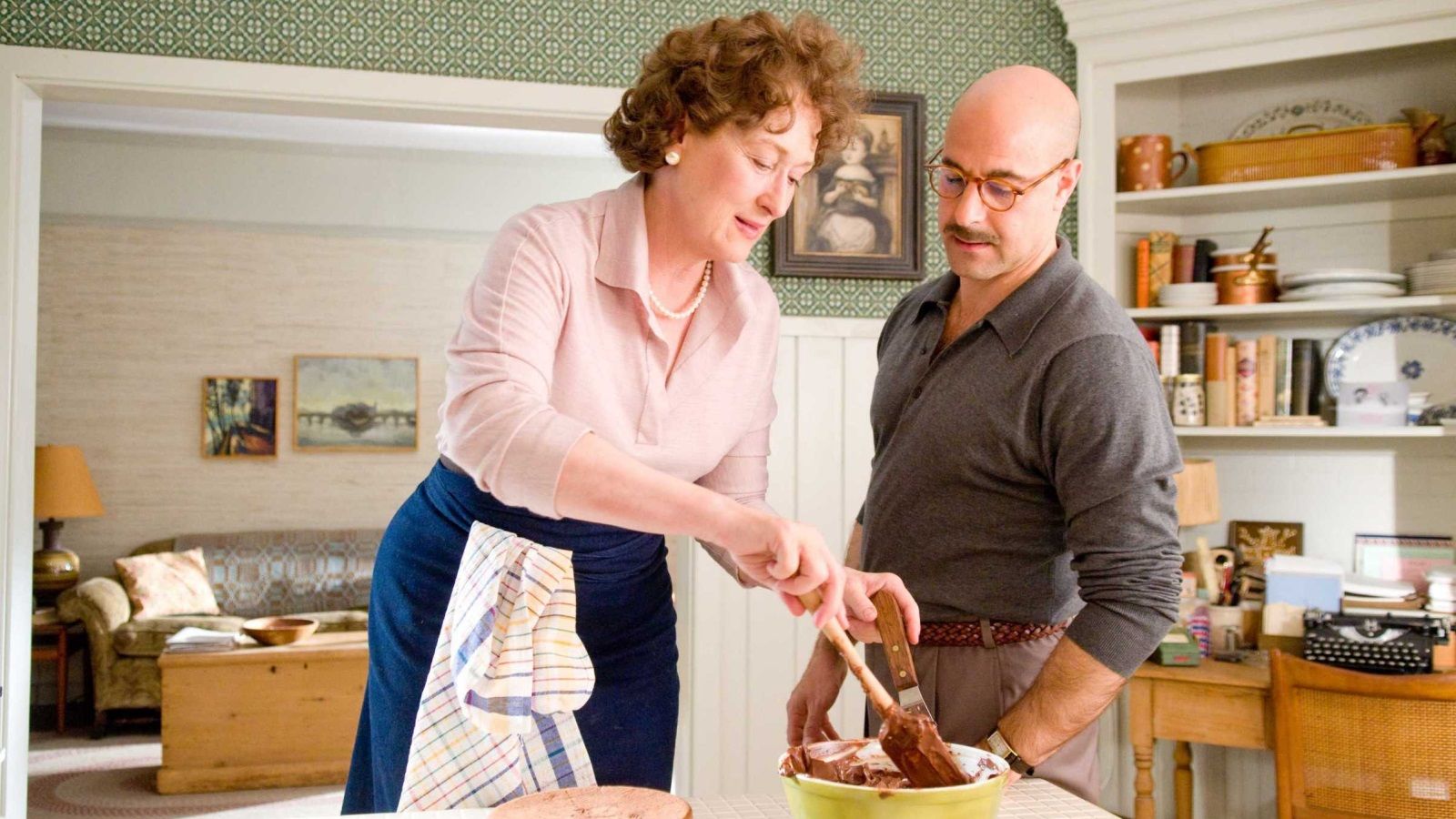
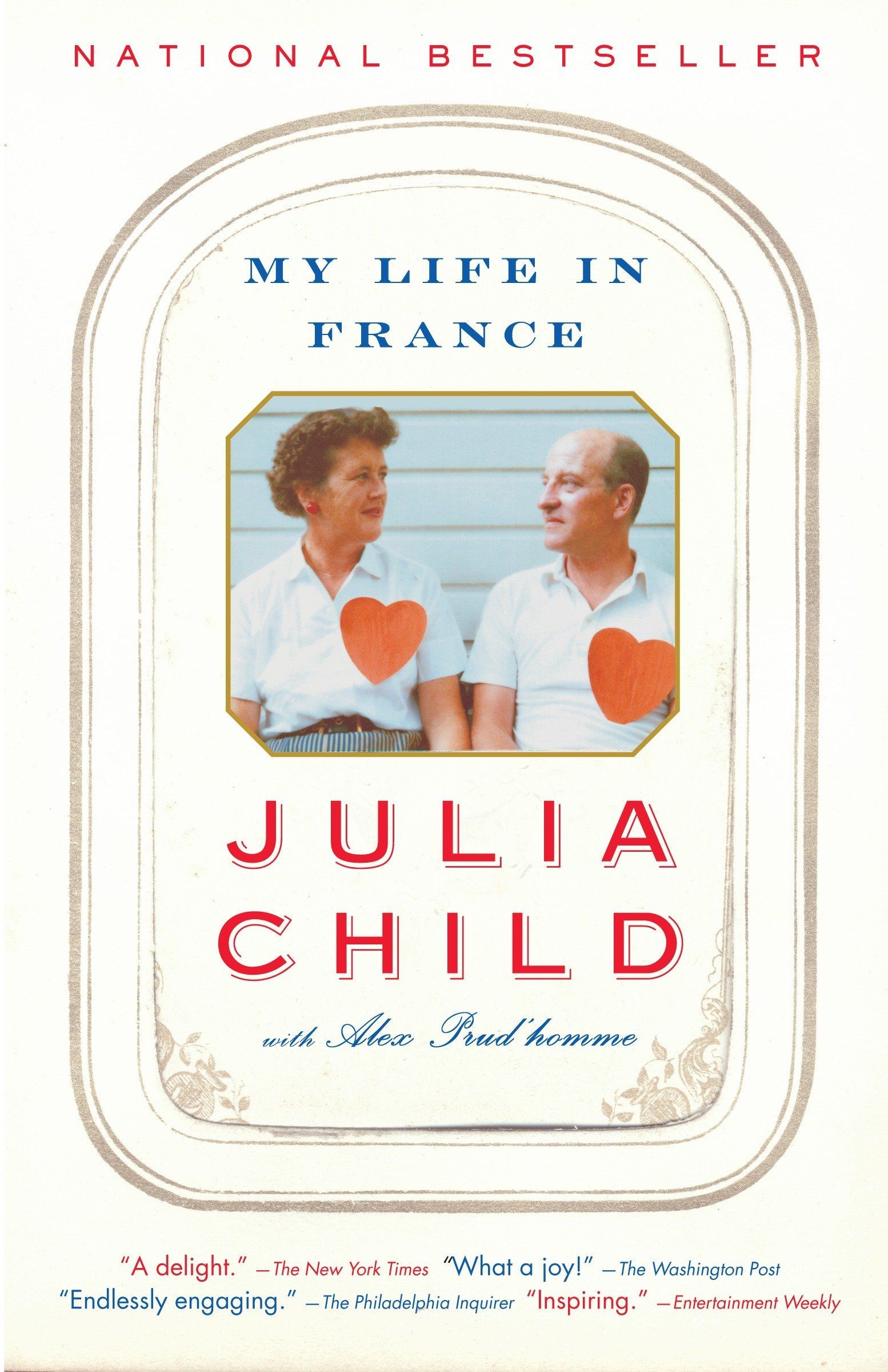
According to the movie Julie & Julia, Julia Child spent a long time searching for what she could do best alongside her husband Paul. As an American in Paris in the 1940s, she tried her hand at bridge and hat-making in Paris, like the wives of other cultural diplomats, without success. Later, she qualified at Le Cordon Bleu cooking school and, with two co-authors (Simone Beck and Louisette Bertholle), set to work on their French cookbook for “the uncooked American cooks,” meaning ordinary housewives.
So you could say that not only America learned to cook from Child, but everyone else did too, or at least, thanks to the film, learned to cook French cuisine’s inescapable dishes such as coq au vin, boeuf bourguignon or artichokes with hollandaise sauce.
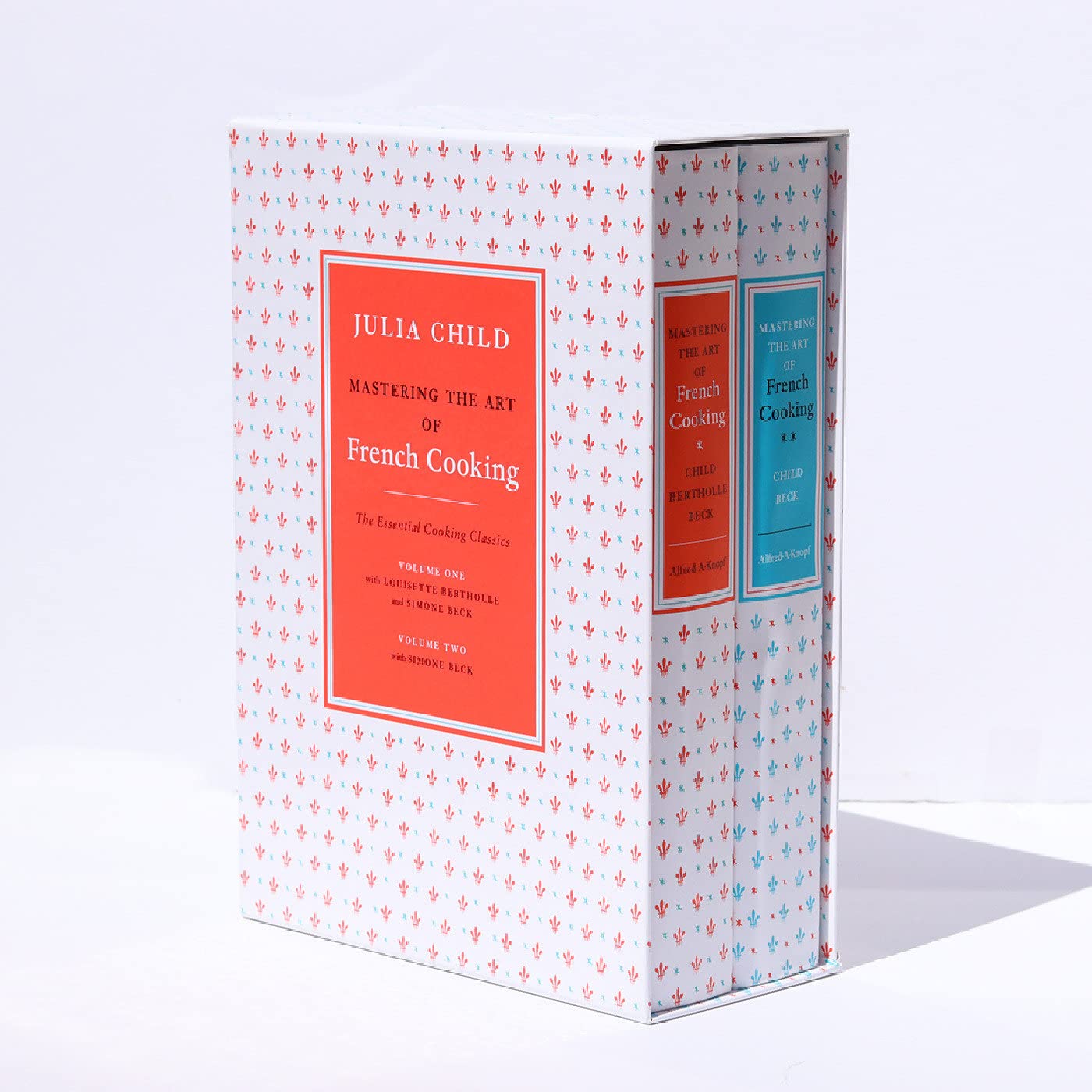

This “cooking movie” is interesting not only for the delicious food and biography but also for the Julia Child phenomenon itself. I was hooked on this film (I even bought the book on which Ephron’s film is based, My life in France by Julia Child and Alex Prud’homme, 2006), fascinated by this charismatic personality, considered a true icon by Americans. We, Eastern Europeans are (let’s face it) a little perplexed by the fact that Julia Child became such a star and that American housewives really needed a(n) (actually foreign) woman to teach them to cook. Here in the Carpathian Basin, we were socialized differently from our grandmothers in nylon jumpers: we had plenty of time for pig slaughtering in pálinka fumes, for making a bunch of stuffed cabbage and for stirring up a simmering jam on the stove in the greatest heat.
Of course, you could say that Julia Child is responsible for the beouf bourgignon, but we also have plenty to brag about besides the French beef burgundy: goulash soup, beef stew with red wine, chicken paprikash, you name it. If we had to look for a phenomenon like Julia Child within Hungary, we would probably mention Ilona Horváth or Mari Lajos and Károly Hemző (what a parallel to Paul and Julia Child’s duet!), whose cookbooks are quite sure to be found in almost every Hungarian household.

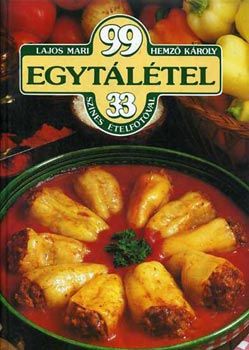
From The French Chef to Göcsej pecsenye
Let’s stay with Julia Child for a moment. This woman was not only a pioneer in writing cookbooks: she was also responsible for the now all-too-popular television genre known as the cooking show. Julia Child was one of the first to lay the groundwork for cooking shows in American television history, as the eight-part show Julia, now airing on HBO Max, tells us. The story picks up where the film Julie & Julia left off: it’s the early 1960s, and after the book’s publication, Julia, though in her fifties, still can’t sit still. When she is invited to be interviewed for the release of the cookbook on a WGBH show, Boston’s public television station, instead of promoting the publication, she whips up a French omelet for the skeptical reporter live on air. Bravo! At first not so open to her usual sparkling style, Julia (played by Sarah Lancashire) gets it into her head that she wants her own show, in the form of a cooking show. She herself doesn’t know what she’s doing (why would she?)—so in this case, too, the series is not just a food show, but also a lesson in media history. It gives us an idea of how and where today’s food reality television got its start, and how much trouble (for Julia Child herself) it had to go through to show the stages of preparing a meal adapted for the screen. Nowadays, we take them for granted (pre-made ingredients and ‘duplicate’ dishes to maintain the ‘quick and easy’ principle, different camera angles).
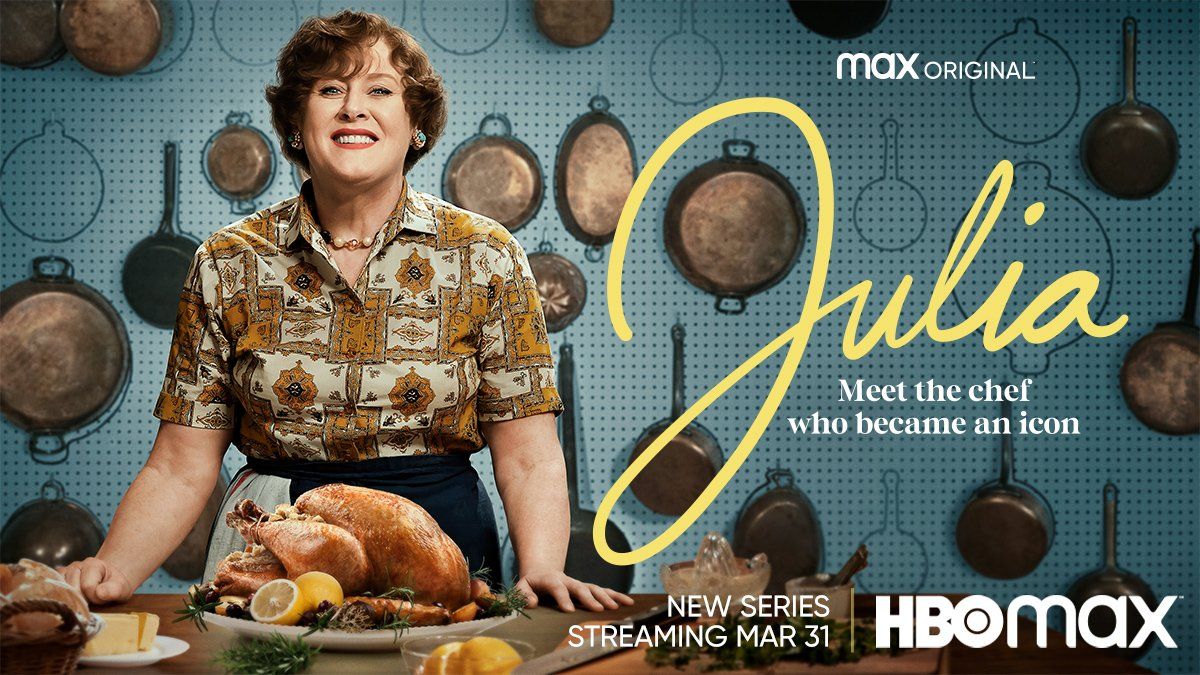
Although Julia’s show The French Chef didn’t get off to a smooth start, it went on to be a huge success: it aired for a whole decade, from 1963 to 1973, counting 201 episodes in total (these episodes are also recalled in the film Julie & Julia mentioned above).
And if I have to mention cooking shows, perhaps it’s best not to start. Instead, I’ll tell you about my personal favorite, which is Ízőrzők (Traditional Tastes—free translation, a Hungarian cooking show where traditional rural meals are prepared—The Transl.), which has been running since 2007. It’s a completely different genre from Julia’s show: there is no French gastronomy, but there are traditional rural dishes and the rural women who prepare them, elbow-deep in pasta dough or onion-grinding, measuring out almost every ingredient for a dish by “instinct” (the phrase “as much as it can take” is a particularly common one). It’s genuinely adorable and authentic, a completely different universe, where the gastronomy of a particular settlement or region is always on the agenda, and a cultural block is included in each episode, alongside the recipes. Apart from the font type and the music used in Ízőrzők, it’s a real treat. If I had to introduce a foreigner to traditional Hungarian gastronomy, I would definitely show them this TV show first, not only because of the food (cabbage bean soup, Göcseji pecsenye [a Hungarian mixed meat roast dish—The Transl.], whip strudel), but mainly because of the cute ladies (and gentlemen) baking and cooking. Enjoy your meal!
Pictures:
Image 3 — The Master Good Farm Chicken campaign. Source: facebook.com/mastergoodtanyasichicken
Image 4 — Screenshot from the animated film L’ecsó. Source: pixar.com
Image 5 — Screenshot from the film “Julie & Julia” (2009). Source: imdb.com
Image 6 — Cover of the book “My life in France”. Source: amazon.com
Picture 7 —The two-volume “Mastering the Art of French Cooking”. Source: amazon.com
Picture 8 — Screenshot from “The French Chef”. Source: tvinsider.com
Picture 9 — Mari Lajos and Károly Hemző in the kitchen. Source: magyarkonyhaonline.hu
Picture 10 — Mari Lajos – Károly Hemző: 99 egytálétel 33 színes fotóval (99 one-course dish with 33 color photos), Corvina Kiadó, 1988. Source: bookline.hu

In perfect harmony with nature—the Center for Environmental Protection in Croatia

How to attract masterminds from all over the world? | Analysis from the Silicon Valley










